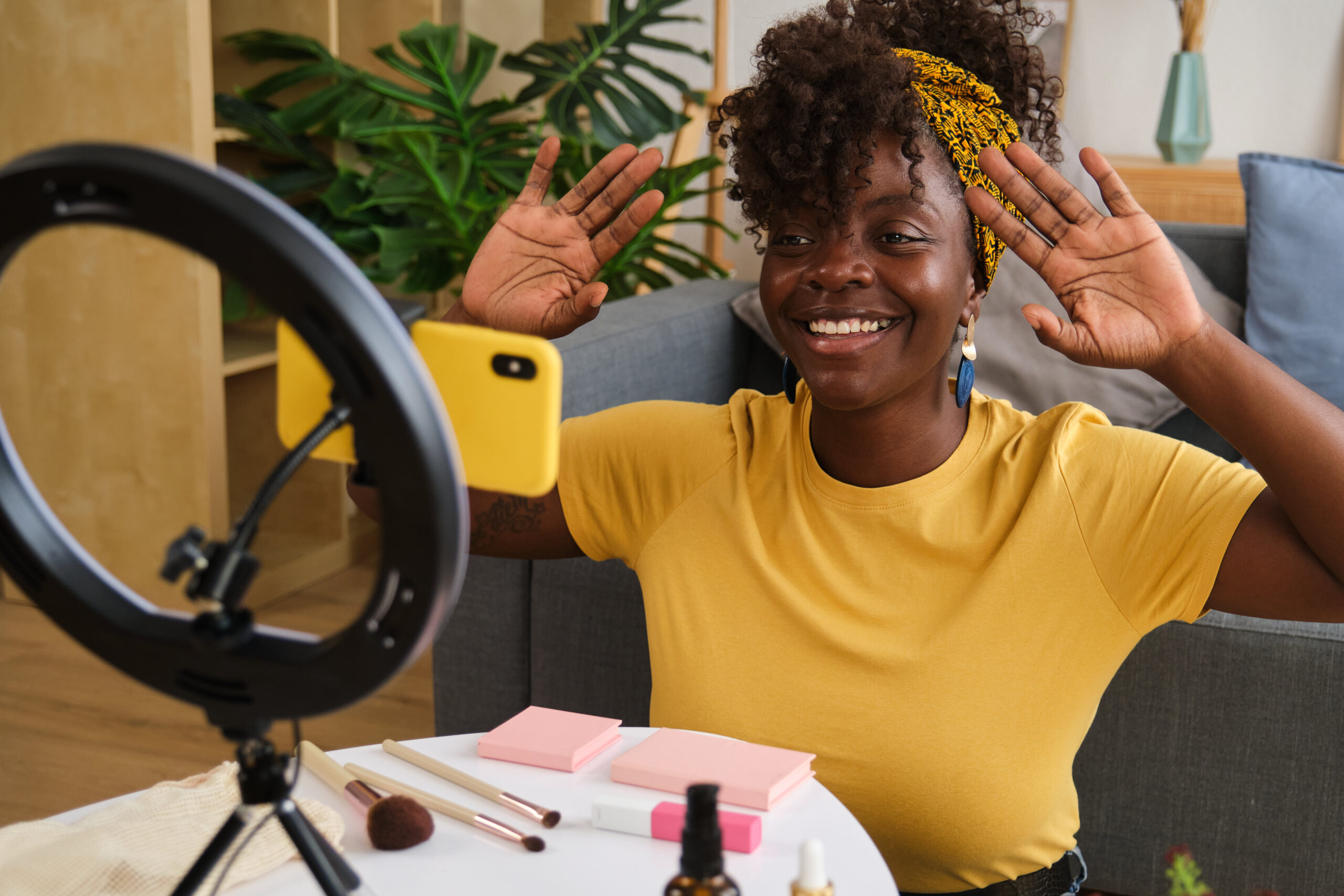Social media is an addiction that feels inescapable. As much as you want to delete the app and reintegrate into a meaningful life, that can leave you feeling disconnected and left behind.
It’s easy to reminisce on the glory days of social media, when it didn’t feel as heavy of a burden. Social media sites like MySpace felt exciting and connective without compromising on your mental health. Despite time moving on, there are some ways you can restructure your relationship with social media to feel like the good ‘ol days.
What Was Myspace?
For anyone who doesn’t remember (or was forbidden from making their own profile), Myspace was culturally iconic.
In the early 2000s, MySpace exploded onto the digital scene as the first major social media platform to truly capture the cultural zeitgeist. Launched in 2003, it offered users a level of personalization that felt revolutionary, from custom HTML layouts to embedded music players to iconic Top 8 friend lists that always caused drama and scandal.
MySpace wasn’t just a place to connect; it was a digital stage for self-expression, where emo kids, indie bands and aspiring creatives could curate their online identities. It helped launch the careers of artists, kept friends connected on each other’s lives and, for a brief but brilliant moment, felt like the center of the internet universe. MySpace didn’t just shape how we used social media; it defined what being online could mean.
Where Did It Go Wrong?
While MySpace certainly had its messy moments, the platform existed during a more innocent era of the internet. This was before algorithms, influencers, and doomscrolling took over the landscape of social media.
Platforms like Instagram are designed with engagement and virality in mind, often at the expense of mental well-being. The pressure to curate a picture-perfect life on your feed, keep up with trending sounds or measure your worth in likes and followers has created a toxic feedback loop of comparison, anxiety and burnout.
Unlike the playful chaos of MySpace, where individuality was celebrated in glittery GIFs and profile songs, modern platforms tend to homogenize content and reward performative behavior. The shift has made social media feel less like a fun escape and more like a competition you’re chained to participating in. It’s taking a serious toll on mental health, especially for younger users growing up in the thick of it.
How To Make Social Media Feel Like MySpace Again
What’s most important to remember is that you have autonomy. You can control how you interact with social media, and you can be intentional about doing it in a way that honors how we once interacted with the internet. Here are some tips that can help make social media feel like MySpace again.
Leave Social Media at Your Desktop
Back in the MySpace era, social media wasn’t something we carried in our pockets all day. It lived on our clunky desktop or laptop computers, and logging in felt like something you would arrive to and exit, not a constant reflex. Try recreating that boundary by deleting apps from your phone and only checking social media during intentional scroll sessions on your laptop. This simple shift can help reduce the compulsive urge to check notifications and make your online time feel more like a choice rather than a habit.
Only Follow People You Know
MySpace was all about your actual friends, classmates and people you knew IRL. Curating your feed to include only people you genuinely know or care about can dramatically change your experience. It limits the endless comparisons to strangers’ and celebrity’s highlight reels, falling victim to suggested content. Instead, your feed will feel more personal, familiar and fun. A digital hangout, not a performance.
Post Without Thinking About It
Remember when posting blurry selfies and angsty lyrics wasn’t something you overthought? Channel the carefree energy of the MySpace days by posting without accounting for likes, aesthetics or engagement. Treat your feed like a digital scrapbook instead of a highlight reel. Less like an aesthetic influencer and more like a digital time capsule. Share what you want to share, even if it’s a low-effort meme or a random thought. Let go of the pressure to polish everything, because authenticity outranks perfection.
Be Creatively Expressive
One of MySpace’s biggest charms was how creative users got with their profiles, from layouts to glitter text to custom songs. It was a playground for self-expression. While modern platforms are more locked down, you can still find ways to bring creativity back into your posts. Share your own personal art forms and make your profile feel like you. It’s not worth it to wonder about what performs well on the algorithm.
Don’t Check the Numbers
On MySpace, no one cared how many likes a post got. To recapture that freedom, do what you need to do to ignore engagement metrics altogether. Turn off like counts, avoid checking follower stats, and resist the urge to chase virality. As MySpace reminded us, your worth isn’t tied to numbers, and neither is your creativity.
Interact Like It’s 2006
Instead of lurking or passively scrolling, start leaving silly comments anywhere you see fit. Hype your friends up and add random thoughts into the comment section of posts. MySpace thrived on interaction that felt casual and playful, not performative. Reconnecting in this way can make social media feel warm again, not cold and distant.
